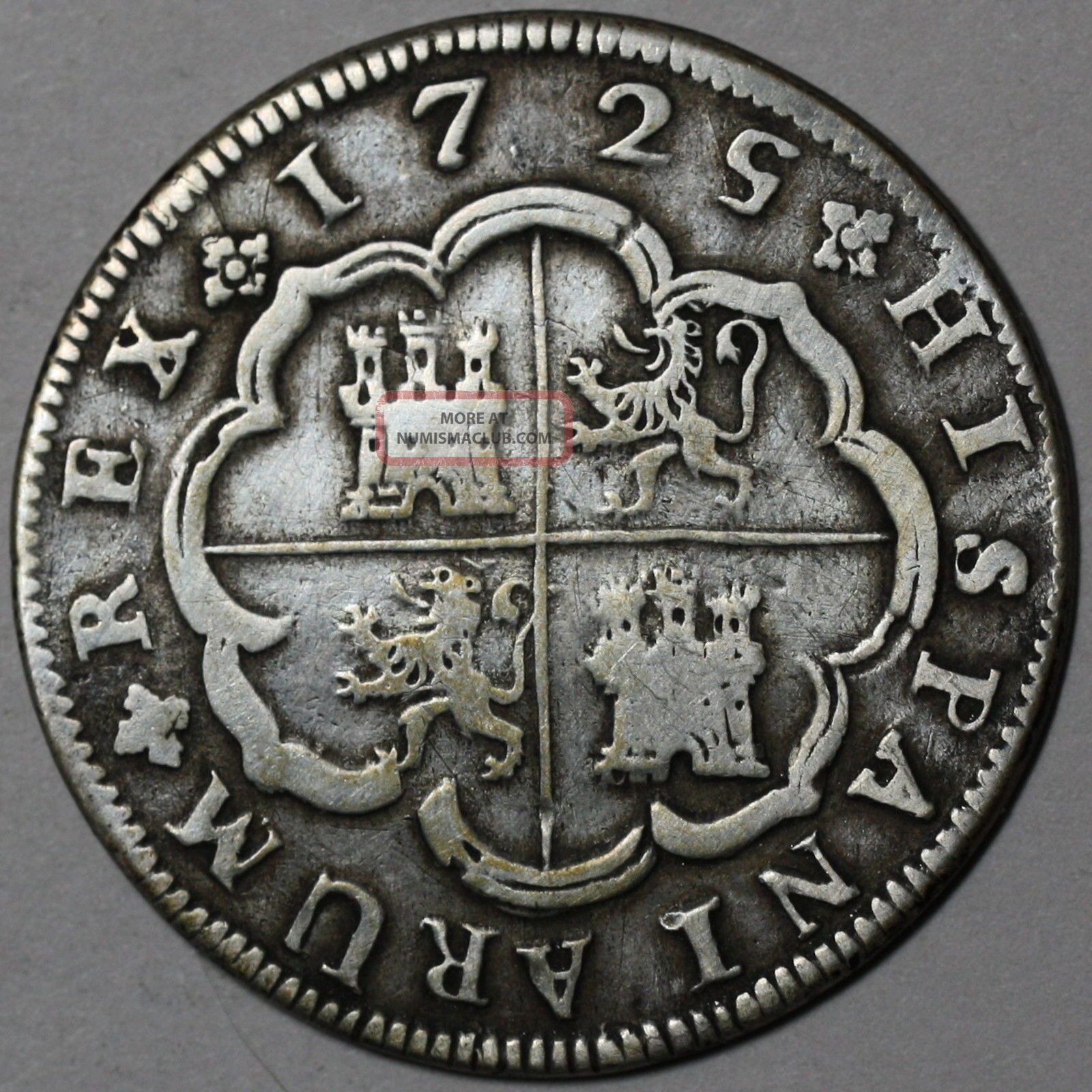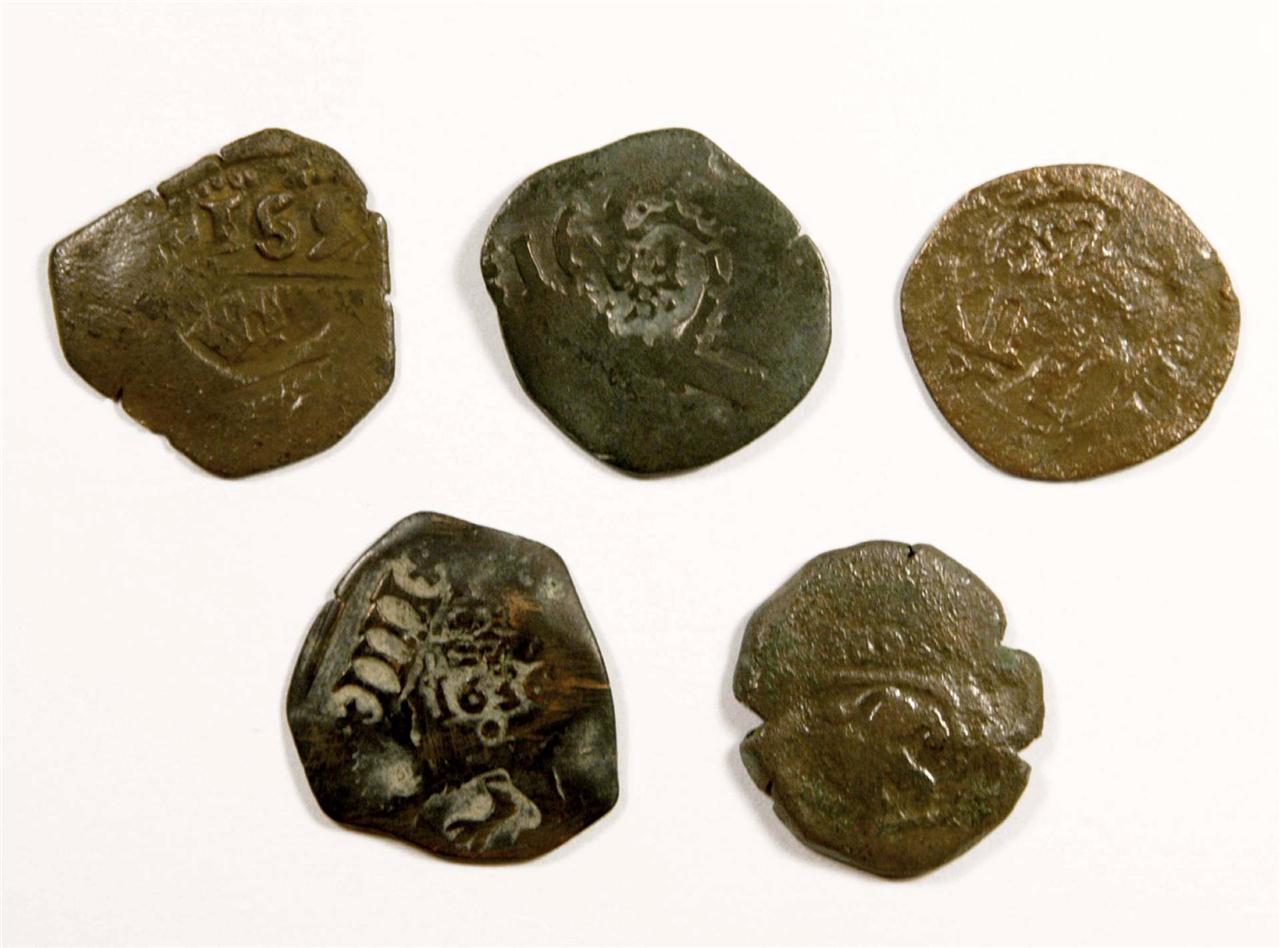

Find high-quality stock photos that you wont find anywhere.

When the War of Independence ended around 1821, the era of Spanish Colonial silver reales ended also. Search from 179 Old Spanish Coin stock photos, pictures and royalty-free images from iStock. The final ship managed to anchor safely, but sank the following day in another storm. Before the hurricane had passed, 10 of the 11 ships had sunk, most of them dashed against the reefs just offshore. But in any case, all 11 Spanish ships were caught in the thick of it. According to some reports, the French ship, which had sailed slightly farther to the east, escaped the storm.

A few days into their journey, the ships encountered a massive hurricane that spread out the fleet and blew them toward shore. They were joined by a 12th ship from France and, under immense pressure to deliver their cargo as quickly as possible, set sail for Spain on J. The ships were fully loaded with the immense stockpile of accumulated gold, silver, jewels, and rare Chinese porcelain plates hence the name “plate fleet.” But, many delays meant that the ships didn’t all reach Havana until late July. The combined fleet was to set out before hurricane season began in July. The plan was as normal, for the fleets to load up at their respective destinations and then rendezvous in Havana assured there would be greater safety in numbers. Solve your Old Spanish coins crossword puzzle. The six other ships in the second fleet headed for South America. All solutions for Old Spanish coins 15 letters crossword clue - We have 9 answers with 6 to 5 letters. Two fleets were sent to collect the treasure the first fleet contained five ships and was headed for Veracruz, Mexico. The war had severely run down the country’s resources and the nation’s new queen, Isabella Farnese, was also particularly keen on getting some jewels from America that had been promised as part of her dowry. This unusual delay meant that there was an extremely large stockpile of treasure waiting for transportation. The War of the Spanish Succession had been raging in Europe since 1701, and for two years Spain had to stop all treasure shipments from the New World for fear they’d be intercepted by enemies. Piracy, bad weather, or other disasters stopped ships from returning home with goods. So for about 200 years, heavily armed convoys of Spanish ships made two annual voyages to deliver manufactured goods to the Americans and carry treasure back to Spain. Spain made sure its gold, silver, and treasures of other kinds flowed back to Spain. Spain ’s plan was to trade with the New World in the 15th Centuary as America became a gold mine. While the ½, 4 and 8 reales of 1536-55 are quite scarce, the 1 and 2 reales are more common. The reverse was the Spanish coat of arms. The Pillars of Hercules looming above rolling waves was the design on these silver coins. Reales struck in Mexico began in 1536-1555 being Silver ½, 1, 2, 4, and 8 reales these coins were the first to be struck and circulated in the New World. During the 16th century Spain set up colonies in the New World, in Mexico and Peru, the use of New World Spanish reale coins began.


 0 kommentar(er)
0 kommentar(er)
